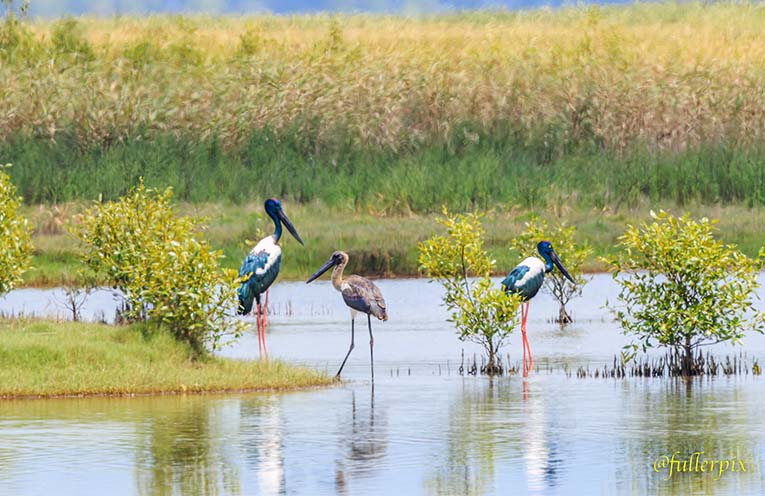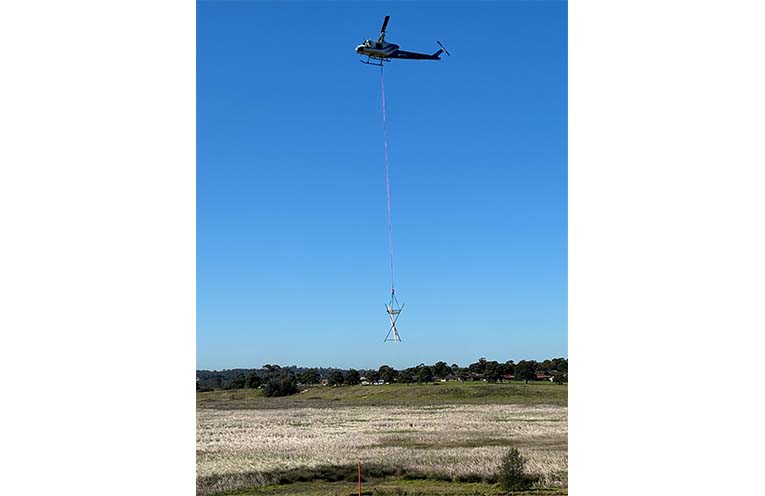
IN a groundbreaking effort to support the endangered black-necked stork population, a specially designed artificial nest has been installed in Hexham Swamp, offering hope for the species’ survival and growth.
This pioneering project addresses the shortage of suitable nesting sites in the region, a significant challenge for these majestic birds.
 Advertise with News of The Area today.
Advertise with News of The Area today.It’s worth it for your business.
Message us.
Phone us – (02) 4981 8882.
Email us – media@newsofthearea.com.au
The black-necked stork, classified as endangered in New South Wales, has been a resident of Hexham Swamp since 2018.
To bolster their chances of successful breeding, a local industrial designer has created a custom-built nest from aluminium.
The nest features a tripod and a spacious basket – two metres wide and one metre deep – crafted to accommodate these impressive birds, which stand up to 1.3 metres tall.
This innovative structure mirrors the design of natural stork nests, providing a stable and secure environment for breeding.
The initiative was spearheaded by the Hunter Bird Observers Club, who identified a critical need for improved nesting conditions.
Their research highlighted a shortage of suitable trees, which has adversely affected the survival rates of young storks.
The installation was conducted in collaboration with Hunter Local Land Services, which oversees the Hexham Swamp Rehabilitation Project.
Amanda Hyde, a project officer with Hunter Local Land Services, emphasised the significance of the project.
“Despite Hexham Swamp’s vast expanse of 3,000 hectares, we have found that suitable trees for stork nesting are alarmingly scarce.
“The storks have been using a casuarina tree that is both unstable and prone to damage during storms, leading to tragic losses of young birds.”
The new nest has been positioned over a paperbark tree that was previously utilised by the storks but had deteriorated over time.
Due to the nest’s large size and the swamp’s challenging terrain, a helicopter was employed to ensure precise placement.
Bird Club member Ann Lindsey hailed the project as a pioneering effort for stork conservation in Australia.
“This is the first time such an artificial nest has been introduced for black-necked storks in the country.
“It marks a significant milestone in our conservation efforts and we’re thrilled to be working with Hunter Local Land Services and are looking forward to monitoring the storks’ response.”
As part of the ongoing research, young storks will be fitted with radio transmitters following a successful breeding season.
This will enable tracking of their movements once they leave the nest, providing valuable insights into their survival and migration patterns.
The Hunter Bird Observers Club and Hunter Local Land Services are hopeful that this innovative solution will not only support the current stork population but also contribute to the broader understanding and preservation of this endangered species.
This project has been made possible with the support of Hunter Catchment Contributions funding.
